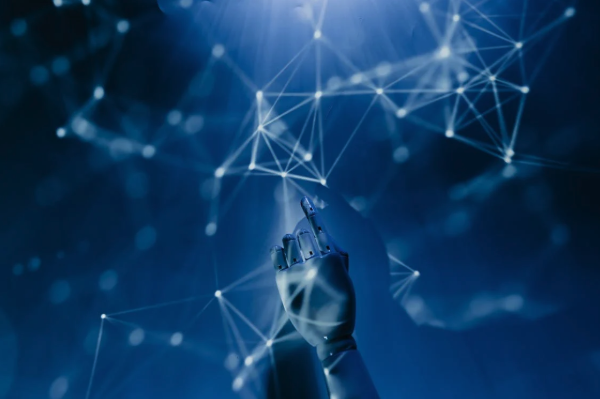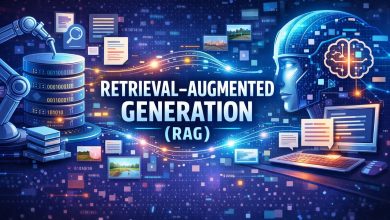
The talk around AI has been fragmented for a long time. One side is the cautious, scholarly position, which is based on meticulous advancement and moral issues. On the other hand, the market is full of frenzied hype, offering self-driving solutions from the moment they are thought of. Agentic AI is a new paradigm that is pushing an important conversation that brings these two sides together. This isn’t just a new feature for a generative model; it’s a big change from a reactive tool to a proactive, goal-oriented partner.
With agentic AI, the main distinction is that it can break down a big, complicated goal into smaller, doable steps and then perform those steps with little help from people. Generative AI is great at making content from a single prompt, while agentic AI uses generative models as a central brain to coordinate many tools, data sources, and even other AI systems to reach a bigger, more flexible purpose. The distinction between a co-pilot and a virtual colleague is the shift from “create this content” to “get this business result.” The challenge for leaders and innovators is no longer “what can AI make?” but “what can AI do?”
The Blueprint of Autonomy: How Agents Move Around in the Digital World
Agentic AI works on a complex cycle of perception, thinking, and action at its core. It starts by sensing its surroundings, which could be anything from a user’s prompt to a live data feed from a production line. Then, the agent uses its fundamental model to figure out the situation, find patterns, and come up with a plan. This is not a set of commands that has already been written down. It is a plan that can alter based on new information. Lastly, it puts its plan into action by using a number of different tools. These tools could be APIs, software programs, or even other AI agents that are made for a specific purpose. Memory is an important part of the whole process. The agent learns from what it has done and how it has turned out, and it keeps improving its method to get better results.
The digital entertainment industry is a great example for agentic AI apps to work. An agent could be used to administer a personalized player experience on a complicated platform like an online casino. The AI may look at a user’s game history, preferences, and betting habits on its own to suggest games and promotional content that are right for them. At the same time, it could look for signals of bad behavior and send notifications for responsible gaming rules. This is more than just a simple recommendation engine; it lets the system take a proactive, comprehensive approach to managing consumer relationships.
Tangible Business Outcomes Beyond the Buzzword
Agentic AI is already migrating from the lab to the real world, where it is adding real value to businesses in many fields. The banking sector is combating financial crime by using agentic systems. These agents don’t simply identify transactions that look suspicious; they may also look into them on their own, collecting information from several sources and putting up a complete case for a human analyst to look over. They may keep an eye on market trends, study how customers act, and even write early reports, making a complicated and time-consuming procedure into a smooth workflow. Efficiency, accuracy, and compliance are all improved as a result.
Agentic AI is changing the way that continuous integration and continuous delivery work in the world of software development. An agent can be told to “fix a certain software bug,” and then it will make a test case, write and debug the code, and even send a pull request for a human to look at. This is automated software engineering, not just coding. It frees engineers from debugging and lets them focus on design and future ideas. Development is faster and more reliable, and technical debt decreases.





